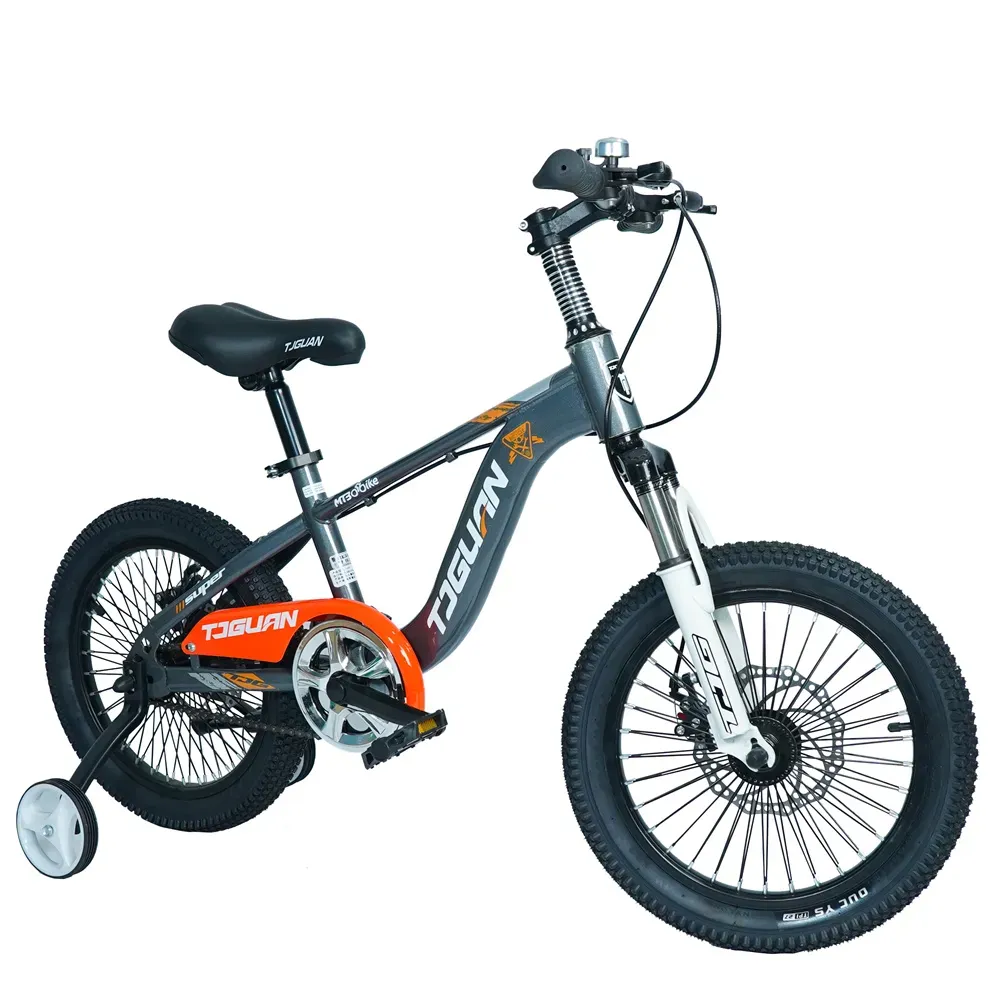Exploring the Best Materials for Mountain Bike Frames and Components for Optimal Performance and Durability
Exploring Mountain Bike Materials A Guide to Choosing the Right Bike
Mountain biking is an exhilarating sport that combines the thrill of outdoor adventure with the challenge of navigating rugged terrains. One of the most crucial aspects that determine the performance, comfort, and durability of a mountain bike is its material. In this article, we'll explore various materials used in the construction of mountain bikes, their characteristics, advantages, and disadvantages to help you make an informed decision when purchasing a new bike.
1. Aluminum
Aluminum is one of the most popular materials used in mountain bike frames. Known for its lightweight and durability, aluminum provides an excellent balance between performance and affordability. The material allows for the construction of stiff frames that enhance the bike's efficiency while climbing and sprinting. Moreover, modern aluminum bikes often feature advanced design techniques that optimize strength and reduce weight.
However, aluminum frames can be less forgiving on rough terrains compared to other materials. They might absorb vibrations less effectively, which can lead to a harsher ride. Additionally, while aluminum is resistant to rust, it can be susceptible to fatigue over time, particularly if subjected to extreme stress.
2. Carbon Fiber
Carbon fiber is renowned for its exceptional strength-to-weight ratio, making it an elite choice for high-performance mountain bikes. Carbon frames are incredibly lightweight, allowing riders to accelerate quickly and climb steep trails with ease. The material can be molded into complex shapes, enabling designers to fine-tune ride characteristics. Furthermore, carbon fiber excels in vibration damping, providing a smooth ride even on bumpy terrain.
Despite these advantages, carbon fiber bikes come with a higher price tag, making them less accessible for budget-conscious riders. Additionally, while carbon frames can be strong, they are more susceptible to damage from impacts compared to aluminum or steel. Repairing carbon fibers also tends to be more complicated.
3. Steel
mountain bike material

Steel has been a traditional material for bike frames for many years, and it continues to be favored by many mountain bikers for its unique characteristics. Steel frames are known for their durability and ability to withstand heavy stress without deforming. They offer excellent vibration absorption, providing a comfortable ride on rocky trails. Unlike aluminum, steel frames can be easily repaired if damaged.
However, steel bikes tend to be heavier than their aluminum or carbon counterparts. This extra weight can be a disadvantage in competitive racing scenarios where every ounce counts. Over time, steel is prone to rust if not properly maintained, so it requires regular care to keep it in optimal condition.
4. Titanium
Titanium is a premium material that combines the best features of both steel and aluminum. It is lighter than steel but offers greater durability and strength than aluminum. Titanium frames provide a unique experience with their ability to absorb shocks while still being responsive enough for aggressive riding.
The downside to titanium is its cost; it is one of the most expensive materials for bike frames. Moreover, titanium requires a specialized welding process, making the manufacturing of titanium bikes less common and more resource-intensive.
Conclusion
Choosing the right material for your mountain bike is essential, as it affects performance, comfort, and longevity. Aluminum is an excellent choice for budget-conscious riders seeking a balance of performance and durability. Carbon fiber is optimal for those prioritizing lightweight and speed, while steel provides comfort and durability at a more substantial weight. Titanium emerges as a top tier choice for those who are willing to invest in a high-performance bike that fuses the best attributes of other materials.
Ultimately, the best material for your mountain bike depends on your riding style, budget, and personal preferences. Whatever you choose, understanding the advantages and limitations of each material will help you make a more informed decision and enhance your mountain biking experience.
-
Why Ride On Toys Are Every Kid’s FavoriteNewsApr.03,2025
-
Why a Mountain Bike is Perfect for Outdoor AdventuresNewsApr.03,2025
-
Why a Baby Tricycle is the Perfect First RideNewsApr.03,2025
-
The Joy of Learning with a Kids Balance BikeNewsApr.03,2025
-
The Fun and Benefits of a Childrens ScooterNewsApr.03,2025
-
Find the Perfect Kids' Bikes for Fun and AdventureNewsApr.03,2025
-
Perfect Color for Your Mountain BikeNewsFeb.27,2025








